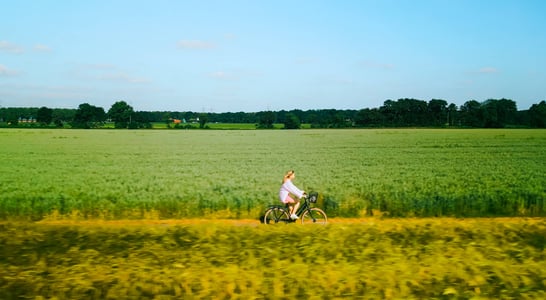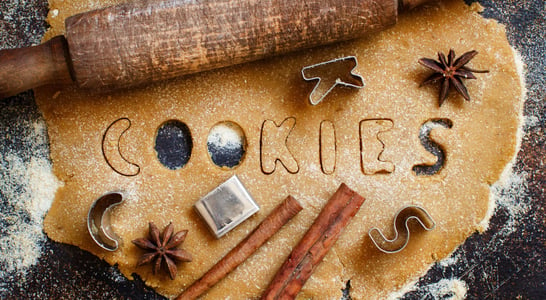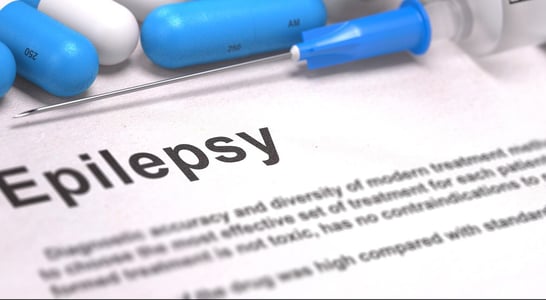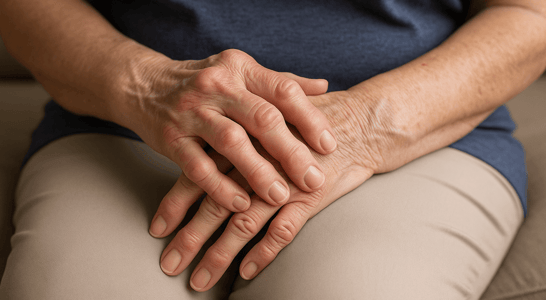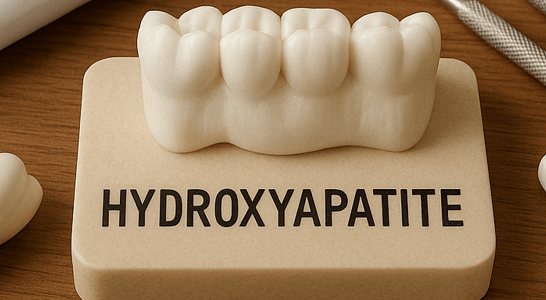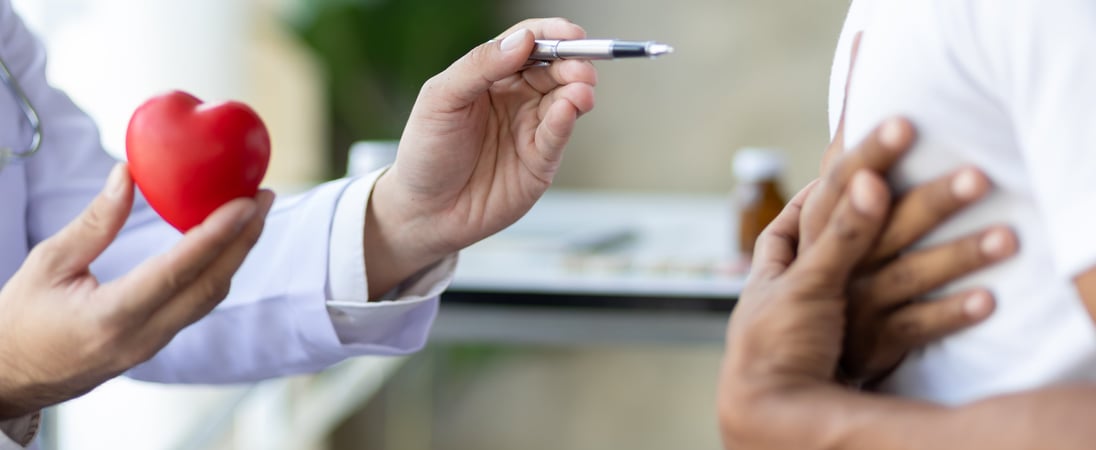
National Sudden Cardiac Arrest Awareness Month
National Sudden Cardiac Arrest Awareness Month brings attention to a silent, life-threatening emergency. Sudden cardiac arrest causes the heart to stop without warning.
It can strike people of any age or background. Survival often depends on quick action from bystanders.
Knowing how to call for help, push hard on the chest, and use a defibrillator can save lives. These simple steps turn panic into power. The month urges everyone to learn and act fast before it’s too late.
Seconds matter when a person collapses. Without help, survival drops quickly. That’s why communities work hard to spread this message.
Training events, stories, and shared tips help people feel ready to act.
Medical experts say fast response changes everything. More trained hands mean more chances to live. Across the country, this effort grows stronger each year—one heartbeat at a time.
How to Observe National Sudden Cardiac Arrest Awareness Month
This awareness period invites simple, meaningful acts that equip everyday people to act when seconds matter.
Get Trained in CPR and AED
Take a hands-on CPR or AED class nearby. Feel empowered when someone needs help. Many groups offer easy courses to learn action that boosts survival.
Most sessions finish in just a few hours. You don’t need a medical background—just the will to step up.
Share the “Call‑Push‑Shock” Message
Teach friends the three simple action steps: call 911, push chest, shock with AED if ready. It helps spread clear, helpful guidance. Print it on cards, stickers, or fridge magnets.
Repeat it often so people remember it under pressure. That simple rhythm sticks when every second counts.
Volunteer at Local Events
Lend your time at community heart screenings or CPR awareness days. You help others learn vital skills and boost reach.
Volunteers guide sign-ups, hand out info, and cheer on participants. Events often welcome helpers of all ages. Just showing up makes a real difference.
Use Social Media to Spread the Word
Post awareness tips, stats, or videos on your preferred platforms. Add frames or banners to help the message travel further.
A quick post can spark curiosity or start conversations. Include links to training options or AED maps. Let your voice ripple outward from one screen.
Invite Groups to Learn Together
Ask clubs, schools, or neighbor groups to join a CPR or AED session. Join up to make learning feel lively and supportive.
Shared experiences stick longer than solo efforts. People cheer each other on and feel more prepared afterward. Group learning turns nerves into confidence.
Staff or Be Part of a First‑Responder Demo
Help run or watch a live CPR or AED demo. Seeing how it works makes people less afraid and more able to act.
Firsthand examples stay in memory longer than charts or lists. Ask local paramedics or fire crews to visit. They often enjoy showing how it’s done.
Encourage AED Mapping in Public Spaces
Support efforts to list and share AED locations near you. Easy access can make a vital difference in emergencies.
Many apps let you add or check nearby units. Suggest businesses label devices clearly. The more people know where to find help, the faster they can use it.
History of National Sudden Cardiac Arrest Awareness Month
National Sudden Cardiac Arrest Awareness Month began in 2008. That year, the U.S. Congress passed a resolution to recognize sudden cardiac arrest as a public health concern.
Lawmakers chose October to focus national attention on this serious issue. They wanted to help more people understand what sudden cardiac arrest is and how to respond when it strikes.
Soon after, health leaders joined the effort. In 2010, the Centers for Disease Control and Prevention released guidance supporting this national observance. Around the same time, other major organizations became involved.
The American Heart Association, Parent Heart Watch, and the Sudden Cardiac Arrest Foundation played big roles in spreading the message.
These groups helped raise public knowledge through training events, online resources, and media outreach.
To unite their voices, several organizations introduced the “Call-Push-Shock” campaign. This phrase gives clear steps: call emergency services, push on the chest, use a defibrillator if nearby.
The Heart Rhythm Society launched its own campaign called “Arrest the Risk,” aimed at those at higher risk of cardiac events.
The awareness month has grown since its start. Today, many schools, workplaces, and health centers take part.
Each year brings more action, more education, and stronger community readiness to save lives.
Also in ...
View all holidaysInternational Coffee Day
Give your business to a local coffee shop, sign up for a coffee subscription, or try making a new kind of coffee at home with an espresso machine of some kind.
National Homemade Cookies Day
Cookies are fun and easy to make, so why not bake a batch to enjoy and share with family and friends on National Homemade Cookies Day!
We think you may also like...
SUDEP Action Month
Don’t just raise awareness: on SUDEP Action Month, take actions to help all of society understand sudden death from epilepsy and how to mitigate the risk.
Sepsis Awareness Month
Join or host an event, educate yourself, and raise awareness about the causes and signs of sepsis. It could save your life or the life of another someday.

